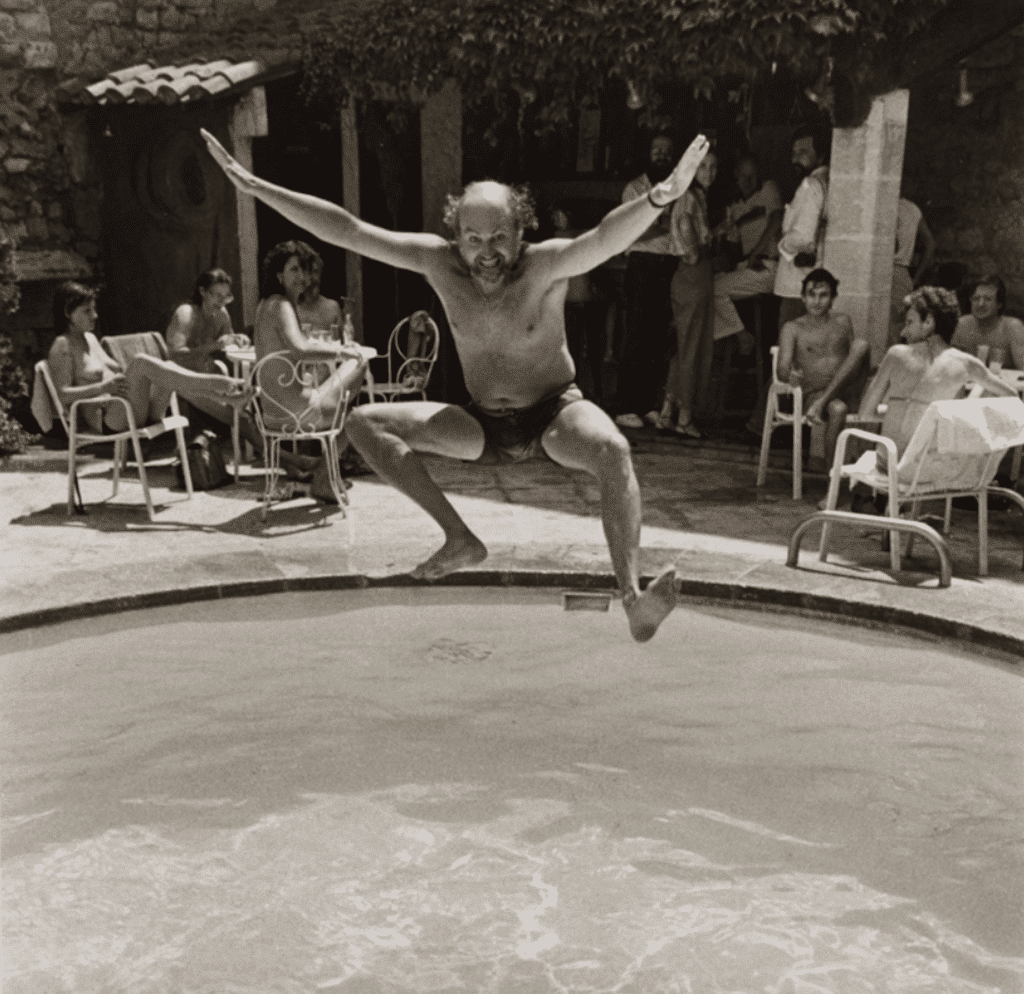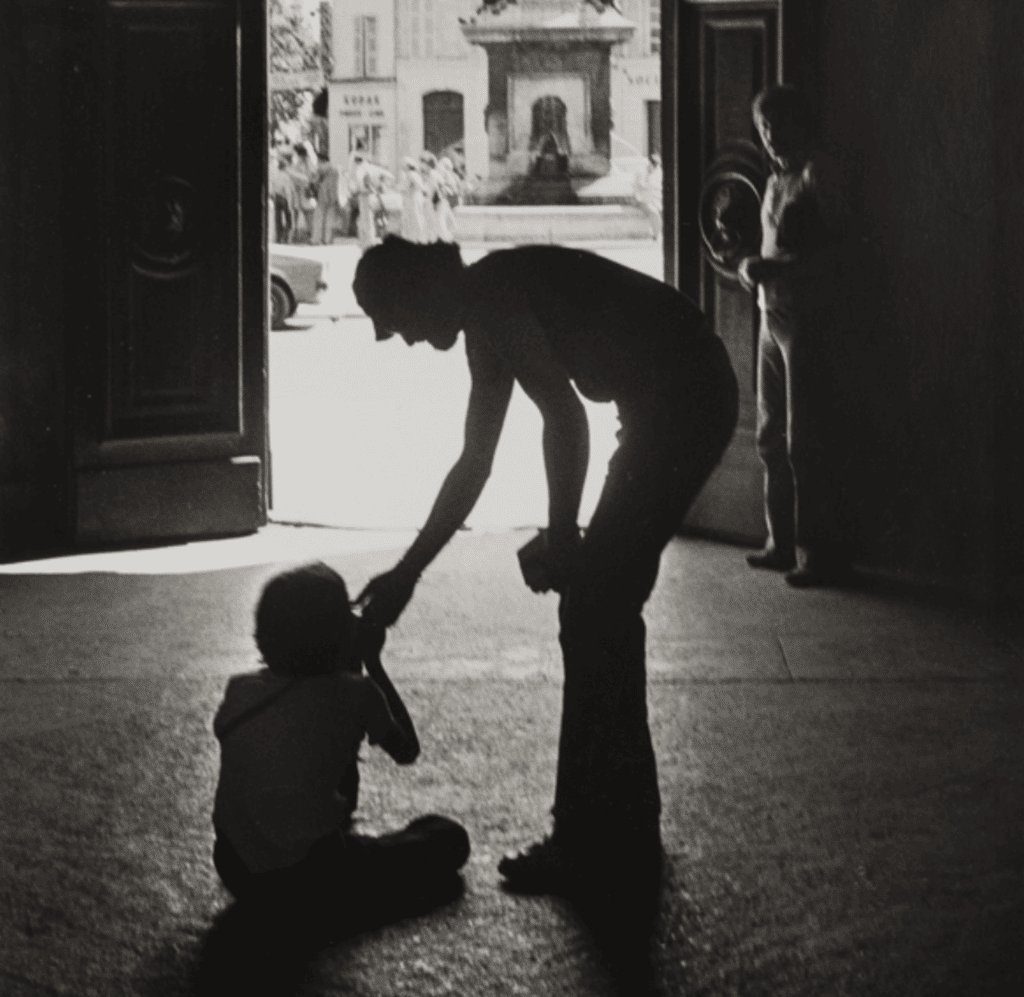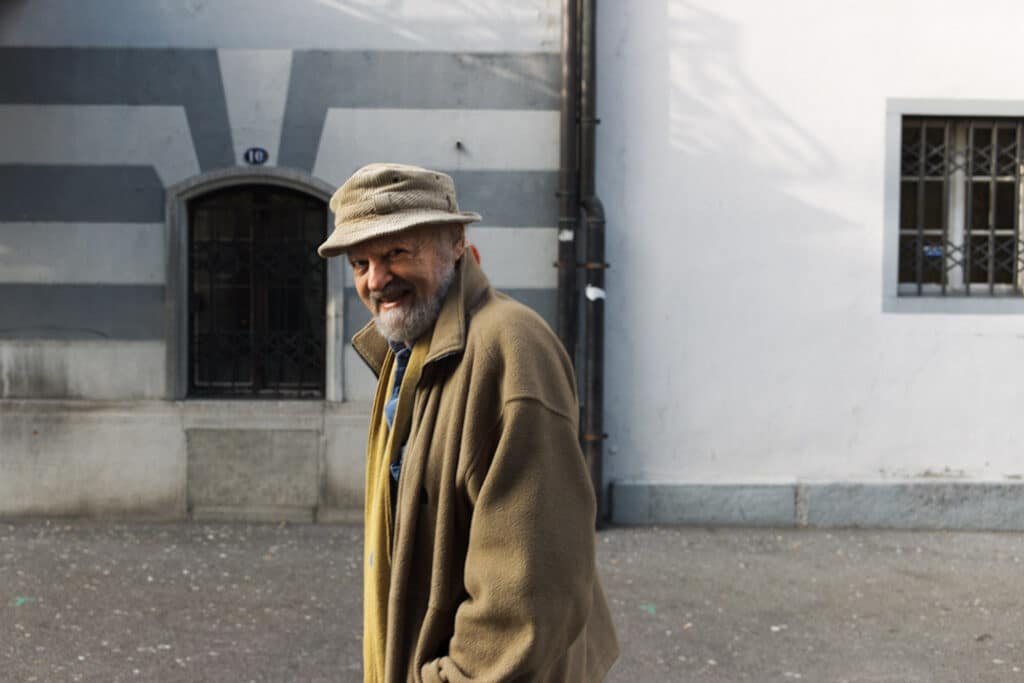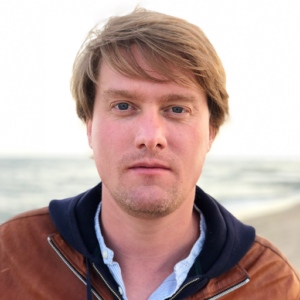Allan Porter’s smile would always put you immediately at ease. His wise face was a sign of all that he remembered. One could see upon it his love for life, which he has long expressed through photography. In 2013, in his apartment in Luzern, Switzerland, Porter wore a white beard, pants with the cuffs rolled up, and a thin ponytail. He shared a hearty meal of wine, rillettes and cheese with his old friend – and peerless procurer – Jean-Jacques Naudet. It was a lunch between adopted sons, one from Europe, the other from America, two continents with opposing cultures but an eternal love for each other.
The editor of the magazine Camera from 1965 to 1981, Allan Porter, who died on October 2nd, 2022 at the age of 88, remains one of the most important links between photography and the public. Hidden away since the 1960s in this small Swiss-German town, from where he headed his magazine, he had been completely forgotten by the photography community for 30 years. Though he had been resurrected in an exhibition celebrating the 50th anniversary of the Rencontres d’Arles in 2021, through an extraordinary image taken at the swimming pool of the mythical Hôtel du Forum.

However, under his direction, Camera, a major publication in the photo world since its inception in 1922, experienced an unprecedented success. The review witnessed the golden age of documentary, the advent of color, the experiments in abstraction and minimalism, as photography began its shift towards acceptance in the art world. Important figures like Josef Koudelka, Ralph Gibson, Duane Michals, Sarah Moon, Eikoh Hosoe, Bernard Plossu, David Goldblatt and Leslie Krims published their photographs in Camera, where they were recognized not as a mere illustration, but as works of art in themselves.
“All those photographers remember me,” said Porter in 2013, “but they never mention my name. Instead they talk about the genesis of their work, their rise to fame, always in the first-person. It’s like the relationship between a psychoanalyst and a patient. Editors like me know too much about them. They want to forget about their father figures.”
In addition to championing the work of modern photographers during his tenure at Camera, Porter revisited neglected periods of the past: Alfred Stieglitz and his magazine Camera Work (Camera, Dec. 1969), early photojournalism (Oct. 1976), pictorialism (Dec. 1970) and 19th century American photography (Dec. 1976). In December 1972, for Camera’s fiftieth anniversary, a special edition dedicated to the history of the medium was published, with each issue exploring the work of a different photographer: Joseph Nicéphore Niépce, William Henry Fox Talbot, David Octavius Hill, Lewis W. Hine and Anne W. Brigman up to contemporary photographers like Robert Frank, Richard Avedon and Diane Arbus.

“My idea was to embrace what has been forgotten by historians,” explained Porter. “A number of photographers have been underappreciated, like Josef Sudek. At the time, many people came together to help me approach pre-War French and German photography, including Photokina co-founder Fritz Gruber, the collector André Jammes, the photographer Marc Riboud, and of course the historian Beaumont Newhall, whose knowledge has always impressed me.”
Allan Porter has made many friends through photography: Franck Zachary, his mentor at Holiday – a travel magazine that is forgotten today but counted among its contributors Truman Capote or Bruce Davidson – and some other relatives like Marvel Israel and Alexey Brodovitch. “These three taught me everything,” said Porter. “At the time, even the writers respected artistic directors. It was a profession that carried weight. When I joined Holiday as an editor, it was the first time I was free.”
An amateur photographer, Allan Porter took portraits of Ansel Adams, Imogen Cunningham, Edward Weston and Bill Brandt. In 1973, Porter was visited at his Camera offices by Henri Cartier-Bresson, who had been upset following the departure of the previous editor-in-chief, Romeo Martinez, whose name the library of the Maison Européenne de la Photographie in Paris bears. But their differences were no match for their shared passion for photography, and they went on to form a lasting friendship.

“To speak of Allan Porter is to speak of the evolution of contemporary photography over the past fifty years, to which Allan made crucial contributions,” said American photographer Ralph Gibson. “When he started editing Camera, a new generation of photographers was emerging, and Allan was the first to realize it. He had understood that with the Second World War, Europe had lost the equivalent of an entire generation of development in photography. After the masters of the 1920s, ‘30s and ‘40s, it wasn’t until the mid-1970s that European photography saw a revival.”
Camera was a legendary magazine. Allan Porter was a prolific passer of images, a great discoverer of photographers, as the interest of various actors in the field still testifies, existing mostly under silence. To be published there, you had to jump into the Arles pool with him. Quite simply.


